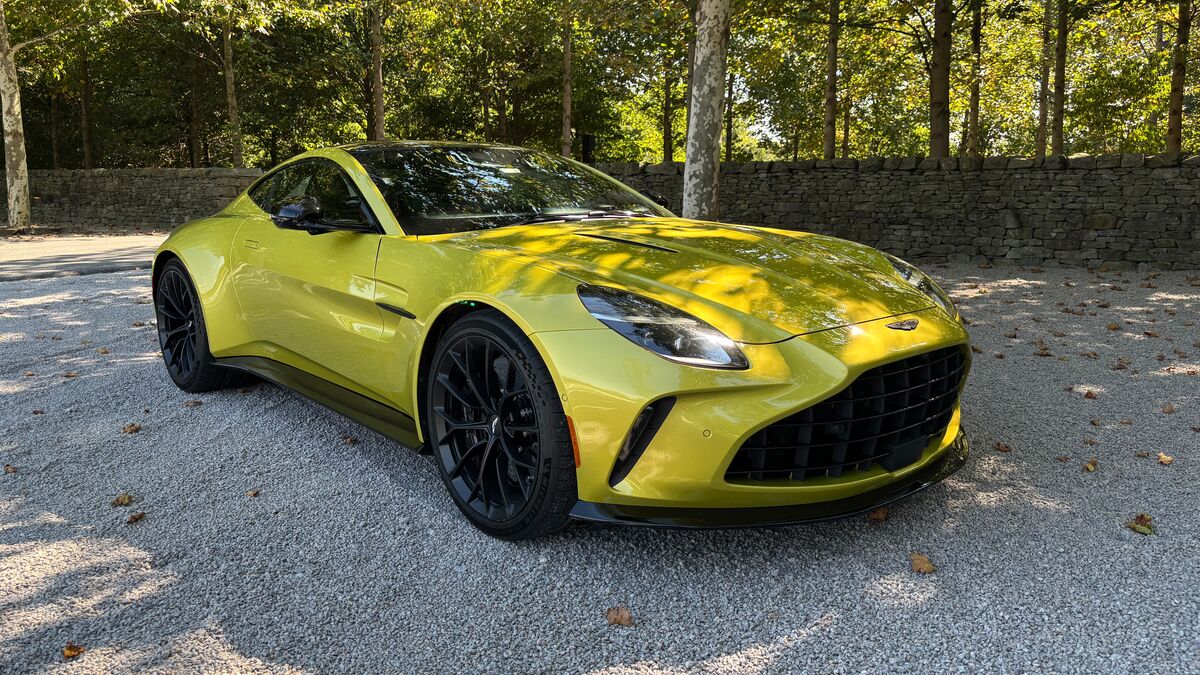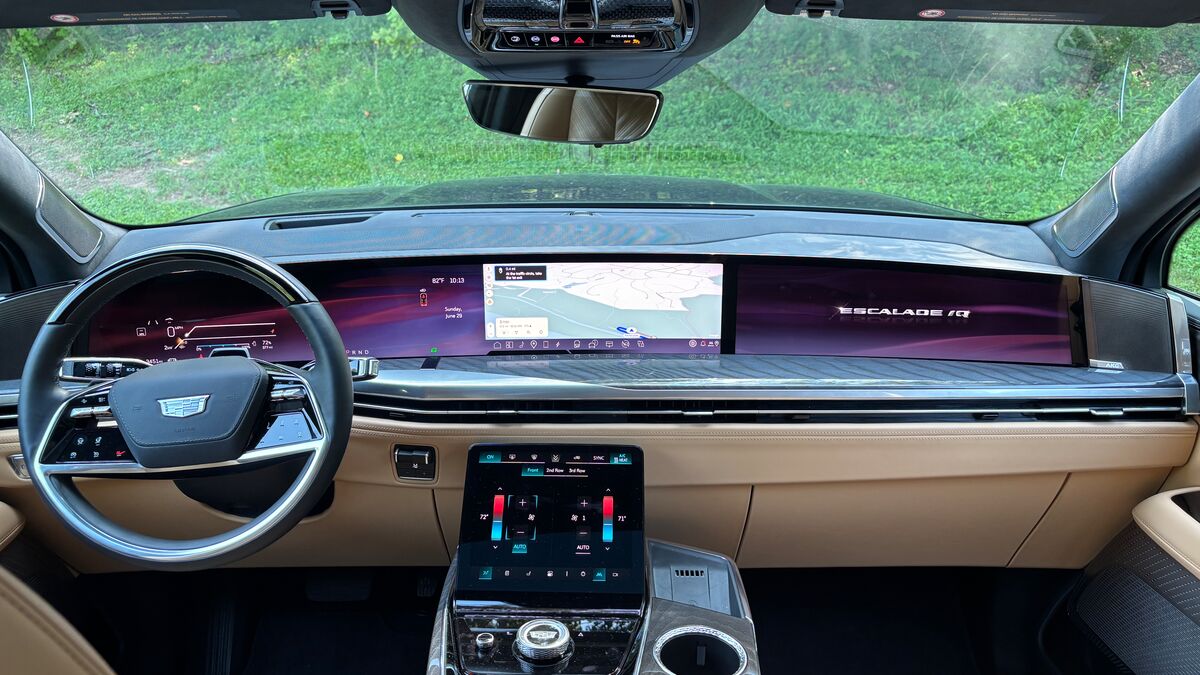The average American new car shopper paid $47,899 in September — $552 less than last month. The price dropped even as the United Auto Workers (UAW) union nears its second month on strike, as analysts say dealers still have plenty of cars to sell.
The average price Americans paid for a new vehicle in September was down 3.4% from the start of the year.
“After new-vehicle prices peaked at nearly $50,000 at the start of 2023, we’re seeing average transaction prices (ATP) dip below $48,000 for the first time in more than a year,” said Rebecca Rydzewski, research manager at Cox Automotive. “Dealers and automakers are feeling price pressure, and with auto loan rates at record highs and growing inventory levels, new-vehicle prices continue to ease. Assuming the UAW strike is short-lived, current inventory levels are healthy enough to prevent any significant impact on consumer prices.”
Cox Automotive is the parent company of Kelley Blue Book. Cox Automotive analysts have predicted that the strike could begin to affect prices in October.
Non-Luxury Vehicle Prices Increase Less Than 1% Year Over Year
Non-luxury car shoppers saw prices rise, but not enough to affect many purchase decisions.
The average price paid for a new non-luxury vehicle in September was $44,626 — an increase of 1% from one year ago. Compared to last month, non-luxury prices were down $82.
Incentives continue to inch upward, though not to pre-pandemic levels. The average incentive spend in the non-luxury segment was 4.7% of ATP in September, up from 2.3% one year ago. Month over month, incentive spending was flat.
However, General Motors slashed incentives on all four of its major brands in September. General Motors’ average incentive as a percentage of transaction price was 4.0%. That change comes thanks to the strike.
Ford and Stellantis (parent company of Chrysler, Dodge, Jeep, and Ram) also face striking workers but have inventory levels well above the industry average. Their average incentive packages increased month over month in September to 5.2% and 7.3%, respectively.
Only three vehicle segments had average transaction prices below $30,000 in August — compact cars, subcompact cars, and subcompact SUVs. All three segments saw month-over-month price increases.
Last month’s lowest-priced vehicles in the U.S. market were the Mitsubishi Mirage and Kia Rio — the final two vehicles still transacting under $20,000. Both are expected to be discontinued in the coming years.
Average Luxury Prices Down Year Over Year, Largest Decline in a Decade
Luxury vehicle prices in September decreased by $873 compared to August. Luxury transaction prices were down 6.2% year over year to $62,342.
Since the start of 2023, luxury prices have declined by almost 7%. Overall, the luxury segment delivered strong results in September, holding an 18.5% share of the U.S. market.
Luxury price declines in 2023 are primarily driven by aggressive price cuts at Tesla, the luxury market leader. Compared to September 2022, Tesla transaction prices are down 24.7%; Tesla Model 3 prices are down more than 26% year over year to $41,484, well below the average luxury car price. Tesla’s average transaction prices are now lower than Acura, Lexus, Infiniti, and Volvo.
Tesla’s price cuts have offset price gains by many luxury automakers. Audi, Mercedes, and Porsche booked year-over-year price increases in September, with Mercedes’ average sale up more than 10%. Audi and Porsche posted a year-over-year increase of more than 8%. BMW, Cadillac, Infiniti, Land Rover, and Lexus also posted price increases. Brands with year-over-year price declines in September included Buick, Jaguar, and Volvo.
Luxury vehicle incentives have significantly increased year over year, rising from an estimated 1.7% of the average sale a year ago to 5.7% last month. Luxury vehicle sales in September were up 19% year over year, helping to push overall industry volume higher by more than 18%. During the same timeframe, non-luxury sales were higher by 17%.
Electric Vehicle Prices Continue to Decline
Tesla’s cuts continue to drive a steep decline in electric vehicle (EV) prices.
In September, the average price paid for an EV was $50,683 — down from $52,212 in August and down from more than $65,000 one year ago. Incentives for EVs in September were 9.8% of ATP, or $4,991.
“EV sales continue to grow in the U.S., partly due to strong supply and more choice,” said Stephanie Valdez-Streaty, director of Industry Insights at Cox Automotive. “At last check, we had 15 new EV models for sale that were not available a year earlier. Better choices and more options are helping push prices lower and drive higher sales.”








